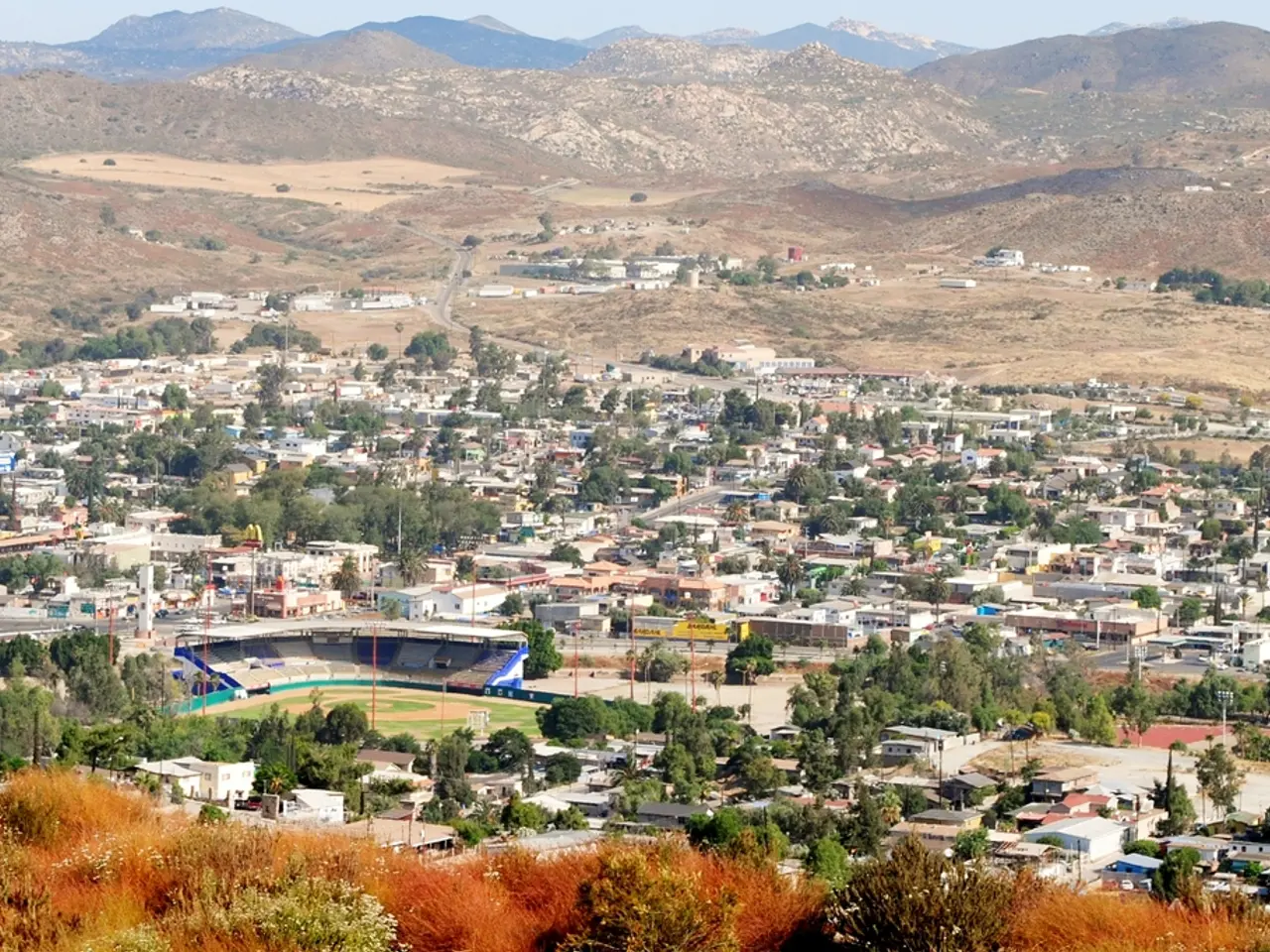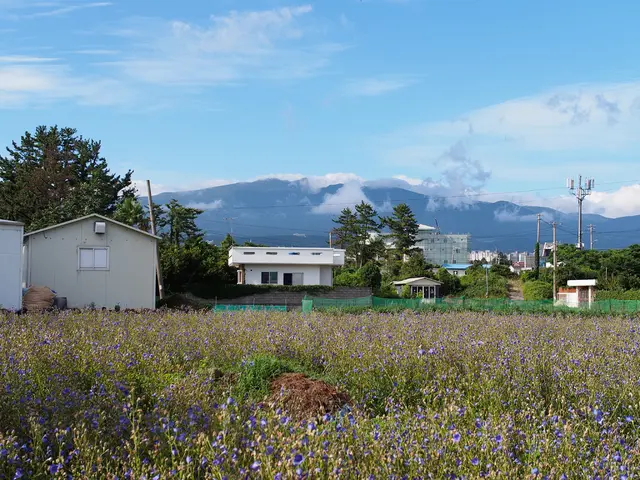Volcanic Eruptions Linked to Seasonal Flooding in Opposite Hemisphere
A groundbreaking study published in Nature Geoscience reveals an unexpected connection between volcanic eruptions in one hemisphere and seasonal flooding in the opposite hemisphere. Led by Princeton University's Gabriele Villarini, the research sheds new light on the long-term impacts of volcanic activity and its implications for potential geoengineering efforts.
The study simulated the effects of three major volcanic eruptions: Guatemala's Santa Maria in 1902, Indonesia's Mount Agung in 1963, and the Philippines' Mount Pinatubo in 1991. Intriguingly, when volcanic plumes were confined to one hemisphere, peak stream gauge readings increased in the opposite one, indicating seasonal flooding. This phenomenon was observed in both the Northern and Southern hemispheres.
The Intertropical Convergence Zone (ITCZ), a belt of low atmospheric pressure near the equator, is believed to play a role in this link. Volcanic eruptions can alter Earth's climate, causing volcanic winters and reflecting sunlight. When aerosols from these eruptions are concentrated in one hemisphere, they can decrease flows in that hemisphere and increase flows in the opposite one, disrupting seasonal flood patterns. For instance, Mount Agung's 1963 eruption showed decreased flows in the hemisphere where the aerosols were concentrated and increased flows in the opposite hemisphere.
The study's findings have significant implications for understanding the long-term impacts of volcanic eruptions and the potential consequences of geoengineering efforts. Large eruptions can have diverse impacts, including altered rainfall, damaged crops, and disrupted seasonal flood patterns. Further research is needed to fully understand these complex interactions and inform climate change mitigation strategies.
Read also:
- Aiming to simplify the move towards cleaner automobiles, the newly established ministry plans to take direct action with Pannier-Runacher, Létard, and Vautrin at the helm.
- "The imperfect yet essential documentary, "Planet of the Humans," raises challenging and uncomfortable inquiries"
- Exciting Escapades of Tintin
- More than half of British homes adhere to insulation standards established during the 1970s.








